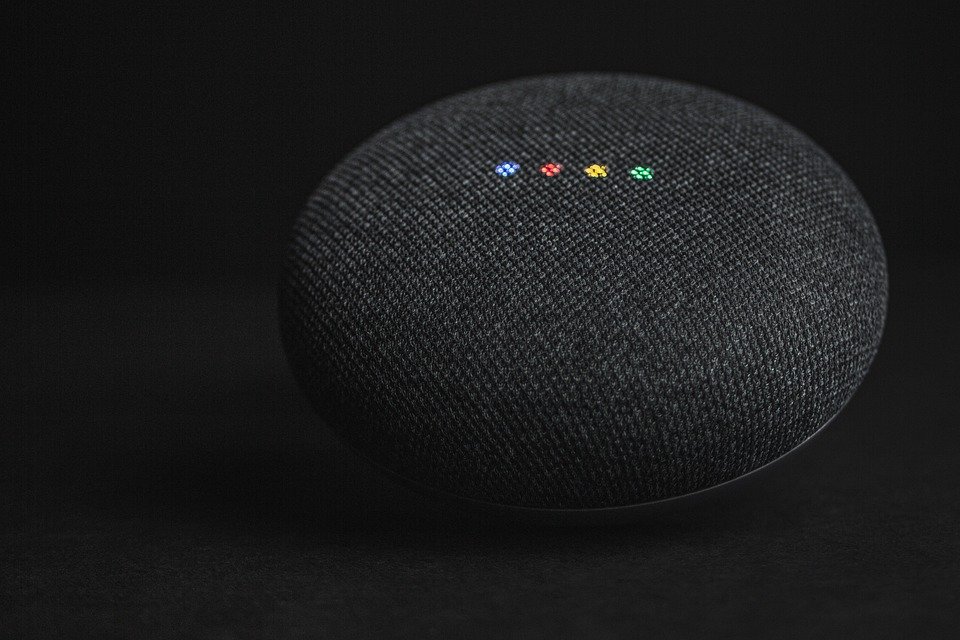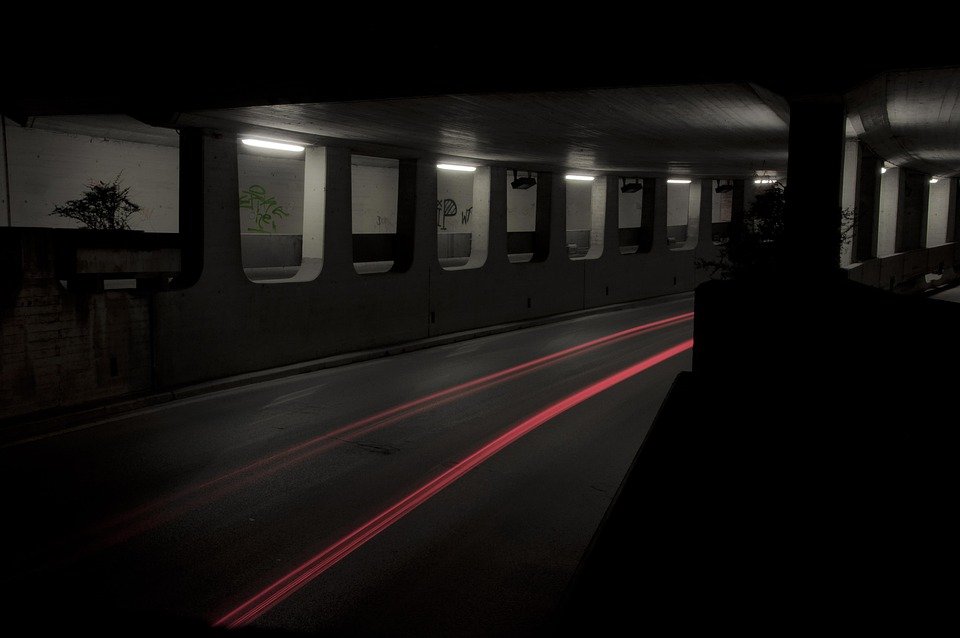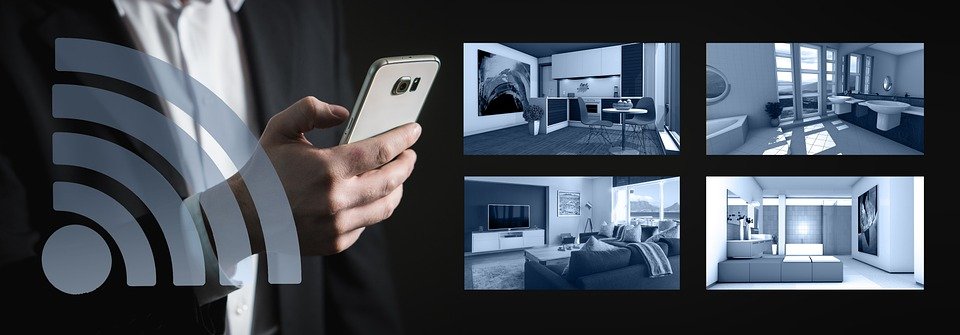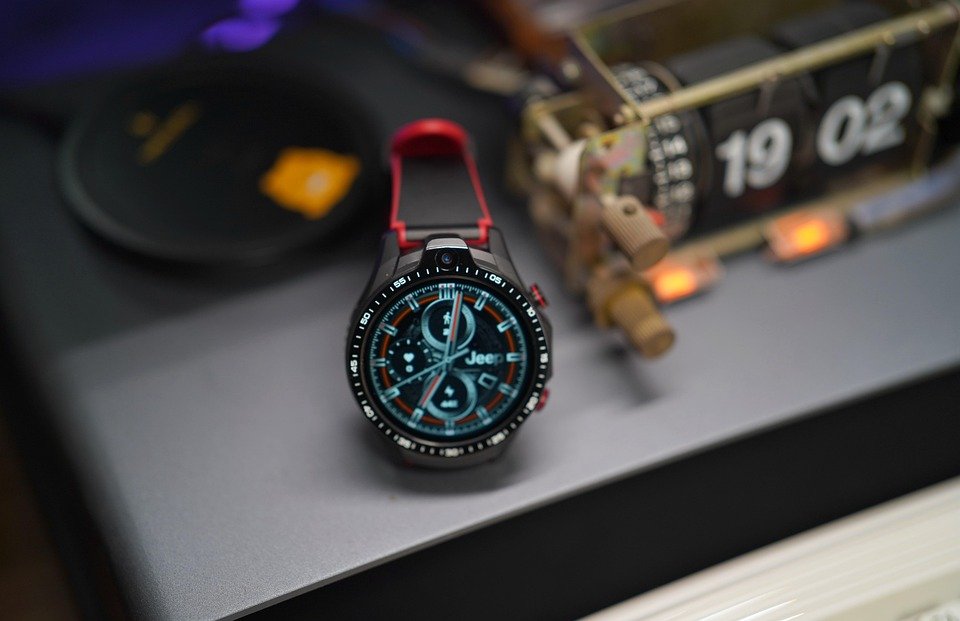Top Interior Lighting Mistakes and How to Avoid Them
Lighting plays a crucial role in interior design, affecting both functionality and ambiance. However, many homeowners make common mistakes that can lead to poor lighting, inefficient energy use, or an uninviting atmosphere. If you’re renovating or updating your home, avoiding these lighting errors can make a significant difference. Here are the top interior lighting mistakes and how to fix them.
1. Relying on a Single Light Source
Mistake: Depending on just one overhead light (like a central ceiling fixture) can create harsh shadows or an uneven glow, making a room feel flat or unwelcoming.
Solution: Use layered lighting—combine ambient (general lighting), task (focused lighting for work areas), and accent lighting (decorative or highlight lighting). For example, pair recessed ceiling lights with table lamps, floor lamps, and wall sconces for a balanced look.
2. Choosing the Wrong Bulb Temperature
Mistake: Using bulbs with the wrong color temperature can make a space feel too cold (clinical) or too warm (dull).
Solution:
- Warm white (2700K–3000K): Best for living rooms, bedrooms, and dining areas—creates a cozy atmosphere.
- Cool white (3500K–4500K): Ideal for kitchens, bathrooms, and home offices—promotes focus and clarity.
- Daylight (5000K+): Reserved for workspaces or garages—mimics natural daylight.
Always check the Kelvin (K) rating when buying bulbs.
3. Overlooking Dimmers
Mistake: Fixed lighting with no dimming options limits flexibility, making rooms either too bright or too dim for different occasions.
Solution: Install dimmer switches to adjust light levels according to mood and activity. This is especially useful in dining rooms, living spaces, and bedrooms. LED-compatible dimmers ensure smooth transitions without flickering.
4. Ignoring Task Lighting
Mistake: Focusing only on aesthetics and neglecting functional lighting in workspaces (like kitchens, home offices, or reading nooks) leads to eye strain and inefficiency.
Solution: Add under-cabinet lighting in kitchens, desk lamps in offices, and adjustable wall lights near reading areas to improve visibility where needed.
5. Improper Fixture Placement
Mistake: Poorly placed fixtures can create glare, uneven lighting, or inadequate illumination in key areas.
Solution:
- Dining Room: Hang pendants 28–34 inches above the table.
- Bathroom: Place vanity lights at eye level (around 65–70 inches from the floor) to avoid harsh shadows.
- Hallways & Stairs: Ensure fixtures are spaced every 8–10 feet for consistent lighting.
6. Choosing Style Over Function
Mistake: Picking a fixture just because it looks good, without considering brightness, bulb accessibility, or room size.
Solution:
- Large rooms need multiple or high-wattage fixtures.
- Small spaces benefit from sleek, proportional lighting.
- High ceilings require chandeliers or pendant lights that hang lower.
7. Forgetting About Energy Efficiency
Mistake: Using outdated incandescent bulbs instead of LED or CFL options leads to higher energy bills and more frequent replacements.
Solution: Switch to LED bulbs, which last longer, consume less power, and offer better color accuracy. Smart bulbs also allow remote control and scheduling.
Final Thoughts
Avoiding these common lighting mistakes can transform your space, making it more comfortable, functional, and visually appealing. Always consider light placement, bulb choice, and layering to achieve the perfect lighting setup. Whether you’re redesigning or simply updating a room, thoughtful lighting design ensures a brighter, more inviting home.
Would you like recommendations for specific lighting fixtures for different rooms? Let us know in the comments! 💡

















